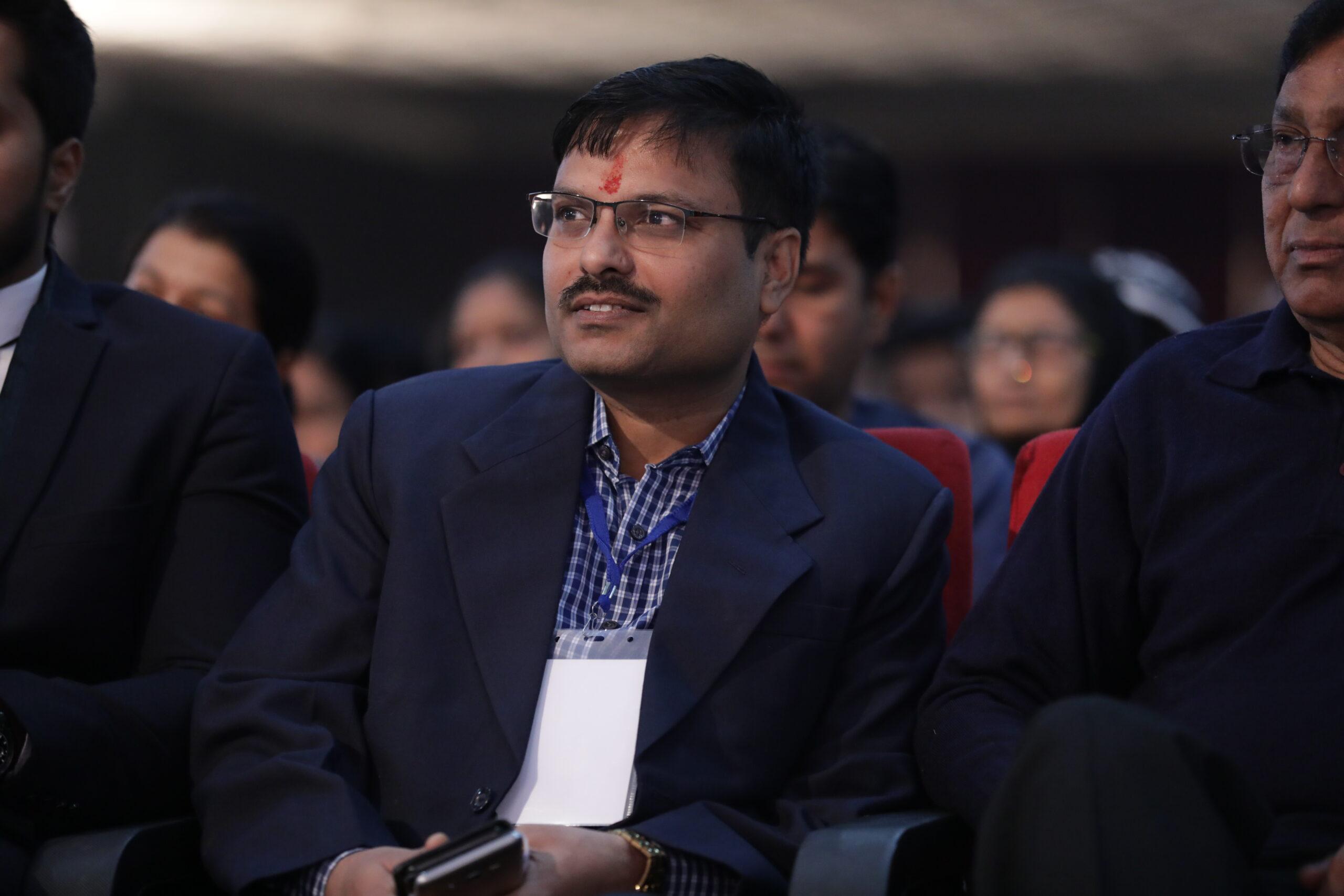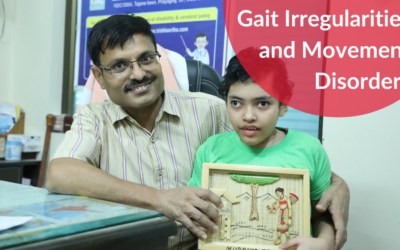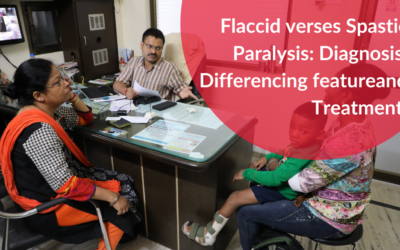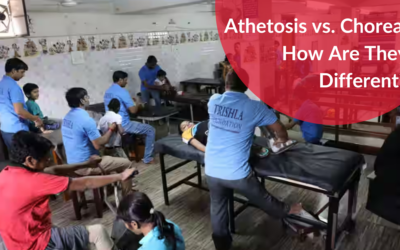Cerebral Palsy (CP) is a neurologic disorder of infinite heterogeneity that involves movement, posture, and coordination. Because of the magnitude of the heterogeneity of the impact of CP from person to person, clinicians apply standard systems and outcomes of measurement when they are measuring functional capacity and change. One of the many valuable tools that they use is the Gross Motor Function Classification System (GMFCS). This entry describes how GMFCS affects cerebral palsy outcome measures, such as clinician-rated and self-report outcomes, and makes reference to world health paradigms and the necessity of measuring gross motor function.
What is the Gross Motor Function Classification System (GMFCS)?
Gross Motor Function Classification System is a five-level motor function scale for adolescents and toddlers with cerebral palsy. Students are graded on whether or not they are able to execute self-initiated movement, such as wheeled mobility, walking, and sitting.
- GMFCS Level I: Walks without restrictions
- GMFCS Level II: Walks with limitations
- GMFCS Level III: Walks using a hand-held assistive device
- GMFCS Level IV: Limited self-mobility; powered mobility may be used
- GMFCS Level V: Wheeled in manual chair
This system provides the patient with a universal language. It is not a cerebral palsy diagnosis but a system to assist in more effective goal setting, intervention planning, and communicating progress and prognosis.
What Are Outcomes Measures?
Outcome measures are a product of intervention and a procedure or process for quantitatively measuring over time trends in health status. In cerebral palsy rehabilitation, outcome measures must identify whether cp child physiotherapy, cerebral palsy occupational therapy, surgery for cerebral palsy, or assistive technology is effective. Outcome measures are the origin of clinical decision-making and payment rationales for therapy services.
There are two broad categories of outcome measures:
- Clinician-Assessed Outcome Indicators
- Self-Reported Health Outcomes
Let us discuss them in detail.
Clinician-Reported Outcome Measures
They are objective professional measures carried out mainly through standardized measuring tools. In CP children, these measures provide quantitative information on posture, tone, balance, and motor function. Among some of the most prevalent clinician-report measures are:
- Gross Motor Function Measure (GMFM): This measure evaluates the change in gross motor function over time, unlike GMFCS.
- Modified Ashworth Scale: Assesses muscle spasticity.
- Pediatric Evaluation of Disability Inventory (PEDI): Assesses function and capacity in the activities of daily living.
Clinician-based measures are convenient because they introduce consistency, reliability, and clinical judgment to measurement. They are also used as the source for insurance claims, research studies, and clinical trials.
Self-Reported Health Outcomes
Though a clinical trial is a top priority, the subjective experience of the CP by the caregiver and patient must not be forgotten. What one does, what one experiences, and activities of daily living are communicated to us by self-report measures. Questionnaire or interview, reporting on:
- Pain and fatigue
- Social interaction
- Emotional status
- Quality of life
- Satisfaction with the treatment
Assessments like the Cerebral Palsy Quality of Life Questionnaires (CP-QOL) allow patient and caregiver self-report. Clinician data are supplemented by self-report data, placing items not immediately apparent on physical exam into context and making them clearer.
Global Framework: Functioning, Disability, and Health
World Health Organization (WHO) International Classification of Functioning, Disability and Health (ICF) provides an international knowledge system for disability. It offers a foundation from:
- Body structure and function
- Limitation of activity
- Restriction of participation
Environmental and personal factors
Using the ICF model to orient cerebral palsy measurement, clinicians will be able to take into account the intersection of life situation and health status. Outcomes are still measurable in impairments, but in exclusion and participation.
The Gross Motor Function Classification System indicates the manner in which the impact of limiting a child’s motor function while playing, attending school, interacting with society, or engaging in family activities is quantified.
Gross motor function describes the capacity for crawling, standing, walking, and jumping. Gross motor function longitudinal assessment in CP children must be done to follow up with growth, determine the efficacy of treatment, and alter care programs.
The GMFM is one of the very crucial tests for the above. The GMFM measures gross motor ability on items such as:
- Lying and rolling
- Sitting
- Crawling and kneeling
- Standing
- Walking, running, and jumping
Beyond the gross motor function classification system, it could not be compared because it also defines the future fate of the existing capability.
GMFCS and Long-Term Planning
The second key strength is that it has predictive value in order to approximate gross motor development in advance. All of the studies confirm that children with CP have mastered 90% of the motor functions at the age of five. With all this information at their disposal, clinicians have been able to intervene more and at an earlier stage.
Also, by labeling a child early, parents and teachers can make educated guesses, develop favorable environments (e.g., wheelchairs, ramps, or therapy), and fight for inclusive education or accessible recreation.
The GMFCS also allows comparability between studies so that populations and treatments can be compared to each other.
Bringing Technology and Data Together
Technologies are revolutionizing outcome measurement. Tele check-ins, computerized gait analysis, wearables, and apps facilitate real-time monitoring of participants’ activity. They are being overlaid increasingly on the GMFCS and other assessments to make them more accurate, accessible, and remotely monitorable.
For instance, movement patterns can be quantified by motion capture and parent reports in real time taken by smartphone technology. This type of mixed-methods design, blending clinician-measured and patient-reported with digital, will lead us toward precision therapy in cerebral palsy.
Why It All Matters
A sound measurement system like GMFCS infused energy into every one of the stakeholders, doctors, therapists, researchers, parents, and even children themselves. They understand the process, illuminate them with a range of improvements, and lead them toward a quality solution. With good outcome data like positive relations, cerebral palsy children are an opportunity to improve their lives.
Emergence of Hope Through Trishla Foundation
If you are looking for an institution with the finest medical professionalism blended with innovation and compassion, you have come to the Trishla Foundation. It has been over a decade, since 2005, when Trishla Foundation became one of India’s leading non-profit cerebral palsy treatment centers.
Led by Dr. Jitendra Kumar Jain, the centre’s specialties are pediatric orthopedics and neurorehabilitation. From surgery to physio to assistive technology to inclusive education, Trishla’s holistic person strategy is world best practice, as exemplified in the use of outcomes measures like the gross motor function classification system.
While attempting to rehabilitate all the locomotor disabled children in mainstream, Trishla Foundation not only treats the patients but also transforms lives. Their CP Village program, tailored rehabilitation packages, and outreach to poor societies all give them the distinction of being a hope institution to hundreds of thousands of Indian and foreign families alike.
Briefly, the gross motor function classification system is a step ahead and above, but the philosophy of successful treatment and real change in cerebral palsy therapy. With rightful outcome measures and backed by institutions like Trishla Foundation, futures for CP children become bright, independent, and hopeful.







